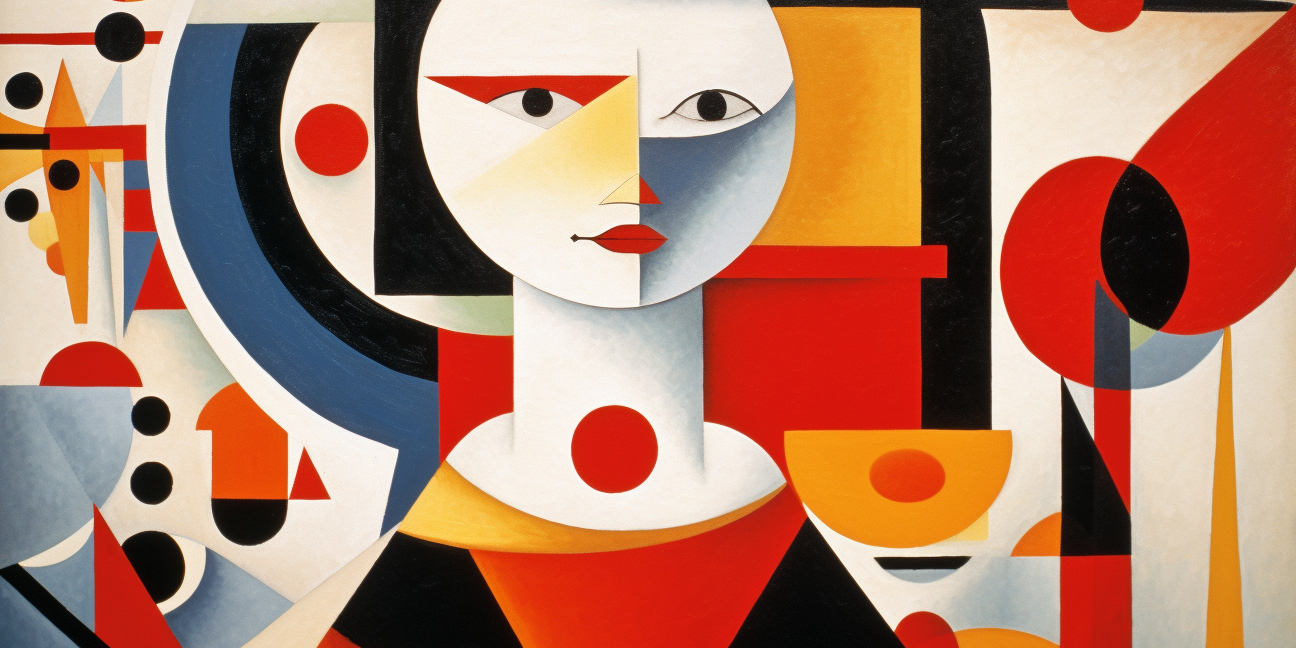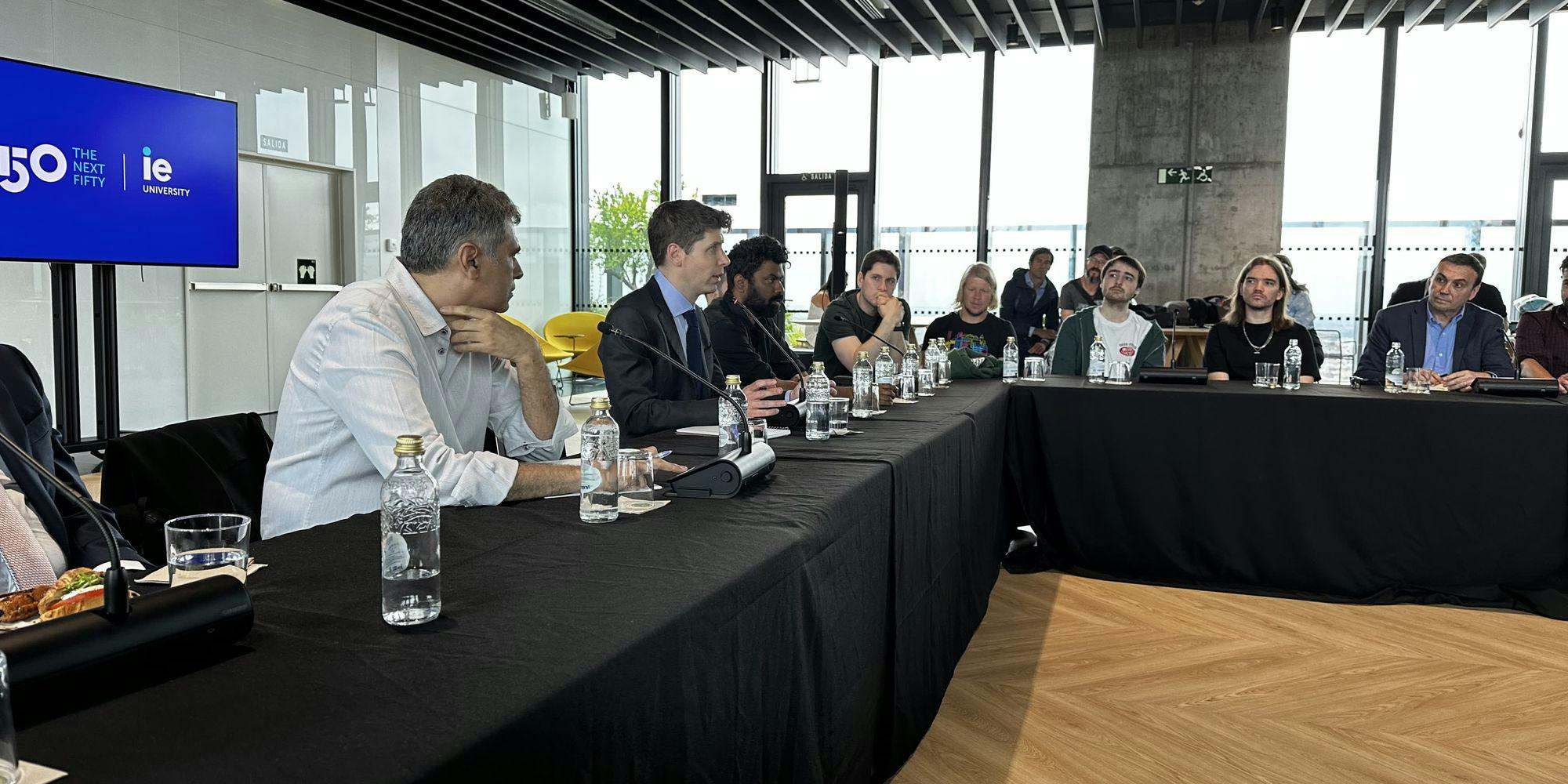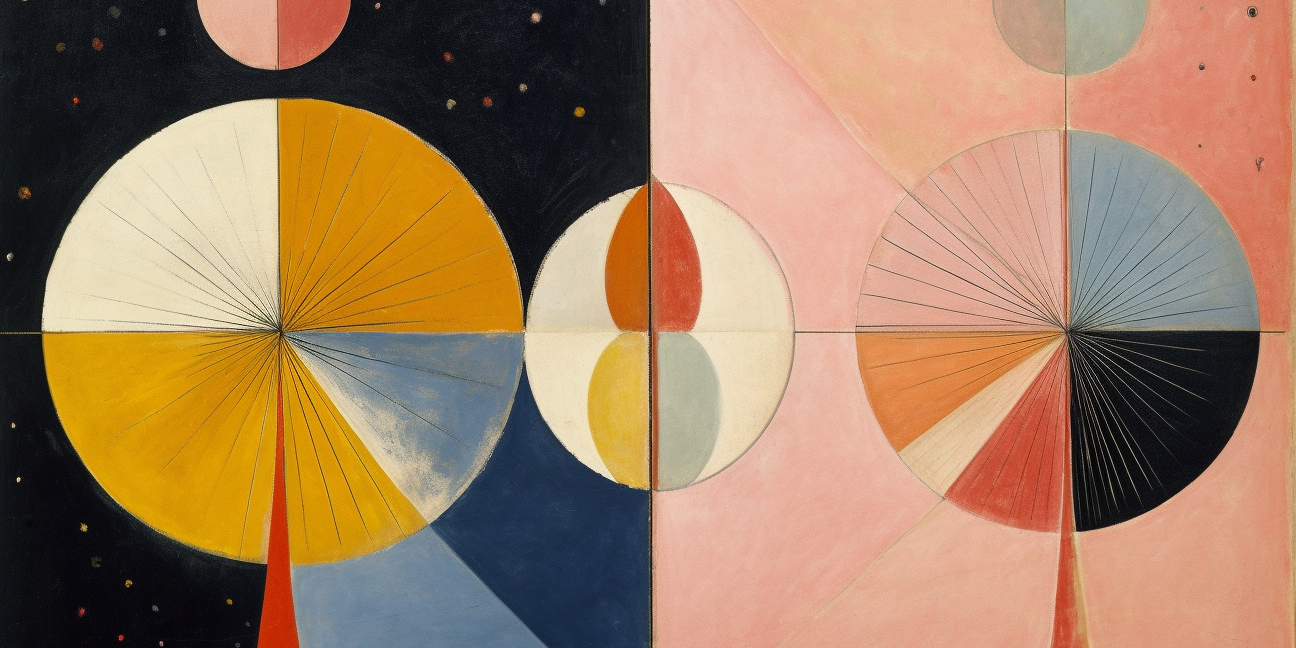An introduction to Twise.ai



Haven’t we all wished that we could clone ourselves? There are many reasons we would want to do that:
Companionship: A digital twin could provide a unique form of companionship, as it would share the same values, interests, and experiences as the individual.
Self-improvement: Having a digital twin will allow people to gain insights into their own behavior and thought processes, and facilitating self-improvement.
Get more done: A digital twin could help an individual accomplish tasks more efficiently by dividing workloads and responsibilities between the two identical beings.
Replacement: Cloning might be viewed as a way to replace a lost loved one or to recreate an individual who has passed away.
While we believe that these are super interesting problems to solve for, and we will eventually get there, we are initially focused on one specific problem:
How could I help more people by scaling my knowledge and access, infinitely? How could I do it without getting burned out? And how can I do it in a way that allows me to monetise my knowledge?
Providing personalised, one-to-one interactions at scale remains unsolved
Being able to provide unique, personalised value to a large group of people sits somewhere between incredibly time consuming and impossible. In fact 13% of all full-time creators say they are extremely/constantly stressed. (source)
Influencers and thought leaders simply do not have enough time to cater in an individual and personalised way to their entire community. Most people have too busy schedules to be able to interact in an unique way with their fans, employees or sometimes even the people closest to them.
Instead they use the one to many approach - a generic, one-size-fits-all experience, which does not resonate or help each person in their community in the most effective way.
This lack of personalisation limits the potential for deep connections and meaningful engagement, as well as the impact that influencers and businesses can have on their followers or customers.
From a revenue perspective there is also a missed opportunity to charge for a more personal experience.
Simply put - too little time, too many people to help… painful!
“I’ve been very very very close with my audience, but when you have hundreds of millions of views every single month, it’s just not humanly possible to speak to every single viewer,” says Caryn Marjorie, a 23-year-old influencer,, who posts over 250 pieces of content to Snapchat every day. “And that’s where I was like, ‘You know what: CarynAI is gonna come and fill that gap.’” And she believes the company has the potential to “cure loneliness.” Source
Access is kinda broken - we all want unique and personalised access to the people we care about
The flip side of this is that we all crave tailored experiences and authentic interactions, to learn and grow from the people we admire and to have unlimited access - if we could. Just imagine what it would feel like if you had infinite access to your idol, maybe it’s an artist that you love, or a business man, a life-coach or a doctor. Imagine that you could access everything they have said, every advice they could provide, through a natural conversation, and get instant answers tailored to you, instead of having to search through articles, video clips or course material.
Solution
Twise makes it easy and enjoyable for anyone to create a digital version of themselves. We call them digital twins.
A digital twin speaks like you, acts like you, and (eventually) looks like you. It uses your actual voice, through voice cloning, your tone and style, and has your personality, your experience and knowledge.
Each twin has a short term memory, it remembers every single interaction and conversation, it has long term memory that get’s better over time and can store an (practically) infinite amount of knowledge and stories. It also has a dynamic personality that evolves over time which becomes more refined as the creator interacts and “trains” the twin.
Sounds like science fiction?
As of May 2023 we have already built all of the above. Except for the video/visual cloning which is still an opportunity to be solves as real-time video generation is not yet possible (but give it a few months).
We still have a way to go until we have a proper scalable solution, our first developer just joined 10 days ago as we write this, although we are making rapid progress.

